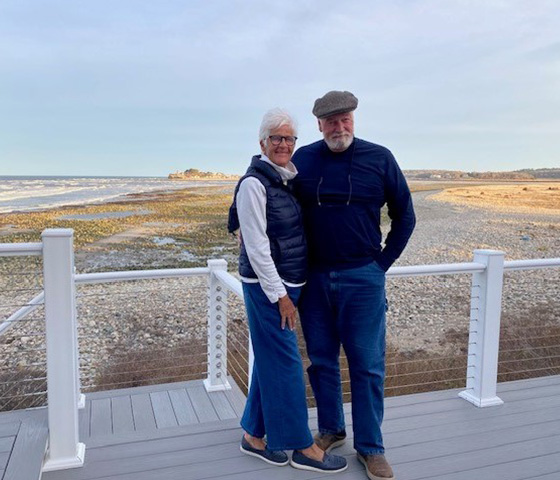-
- Find Care
-
- Visitor Information
- Find a Location
- Shuttles
- Visitor Policies
-
-
- Our Virtual Care Options
- Virtual Urgent Care
- Virtual Visits for Primary & Specialty Care
- Online Second Opinions
- Participate in Research
-
- Contact us
-
- For Innovators
- Commercialization Guide for Innovators
-
-
- Research News
- Alzheimer's Disease
- Artificial Intelligence
-
- Overview
-
- Overview
- Getting Started
- New to Mass General Brigham
- International Patient Services
- What Is Patient Gateway?
- Planning Your Visit
- Find a Doctor (opens link in new tab)
- Appointments
- Patient Resources
- Health & Wellness
- Flu, COVID-19, & RSV
- Billing & Insurance
- Financial Assistance
- Medicare and MassHealth ACOs
- Participate in Research
- Educational Resources
- Visitor Information
- Find a Location
- Shuttles
- Visitor Policies
- Find Care
-
- Overview
- Our Virtual Care Options
- Virtual Urgent Care
- Virtual Visits for Primary & Specialty Care
- Online Second Opinions
-
- Overview
- Participate in Research
-
- Overview
- About Innovation
- About
- Team
- News
- For Industry
- Venture Capital and Investments
- World Medical Innovation Forum (opens link in new tab)
- Featured Licensing Opportunities
- For Innovators
- Commercialization Guide for Innovators
- Contact us
-
- Overview
- Information for Researchers
- Compliance Office
- Research Cores
- Clinical Trials
- Advisory Services
- Featured Research
- Two Centuries of Breakthroughs
- Advances in Motion (opens link in new tab)
- Brigham on a Mission (opens link in new tab)
- Gene and Cell Therapy Institute
- Research News
- Alzheimer's Disease
- Artificial Intelligence
-
- Overview
-
- Overview
- Residency & fellowship programs
- Brigham and Women's Hospital
- Massachusetts General Hospital
- Mass Eye and Ear
- Newton-Wellesley Hospital
- Salem Hospital
- Integrated Mass General Brigham Programs
- Centers of Expertise
- Global & Community Health
- Health Policy & Management
- Healthcare Quality & Patient Safey
- Medical Education
- For trainees
- Prospective trainees
- Incoming trainees
- Current trainees
- Continuing Professional Development
How Total Ankle Replacement Surgery Got Paul Back on His Feet
On the day of the ankle replacement surgery, Dr. Miller began the two-and-a-half-hour operation by cutting out arthritic bone from both sides of Paul's ankle joint. He then placed two metal implants, separated by a plastic lining, to restore smooth, pain-free motion.
Next, Dr. Miller used his expertise in minimally invasive surgery to reconstruct the foot through several keyhole openings. By carefully repairing and tightening key ligaments, he stabilized the foot and brought it back into better alignment under the ankle. This allowed it to rest naturally and evenly on the ground.
"With total ankle replacement, you have to make one large incision to insert the implants," Dr. Miller said. "Beyond that, I'm always trying to use minimally invasive techniques to lower the risk of complications, reduce pain, and help patients recover faster."
'Just about no pain and zero limitations'
Paul went home the next day. At first, he wore a boot and used crutches. Within a couple weeks, he could put a little pressure on his left foot. Less than three months after surgery, he took his first steps without pain in years. Physical therapy followed during months four and five to rebuild strength and mobility.
Nearly two years after the total ankle replacement, Paul is beyond thrilled with the results.
"I have just about no pain and zero limitations," he said. "My youngest daughter got married last year, and I was able to dance with her. I hadn't danced in 15 years—it was great."
Dr. Miller, who continues to see Paul for follow-up visits, isn't surprised by the positive outcome. He said that while high-impact activities like running are generally discouraged right after total ankle replacement, most people are able to return to activities like hiking, biking, golf, and pickleball with time. The ankle implants are expected to last 15 to 20 years, he added.
Paul has shed 20 pounds since his total ankle replacement and is relishing his new life.
"I feel like I'm in a parable from a religious story where someone waved their hand over me and said, 'You are healed, my son,'" Paul laughed. "It feels like Dr. Miller took my quality of life and tripled it."
